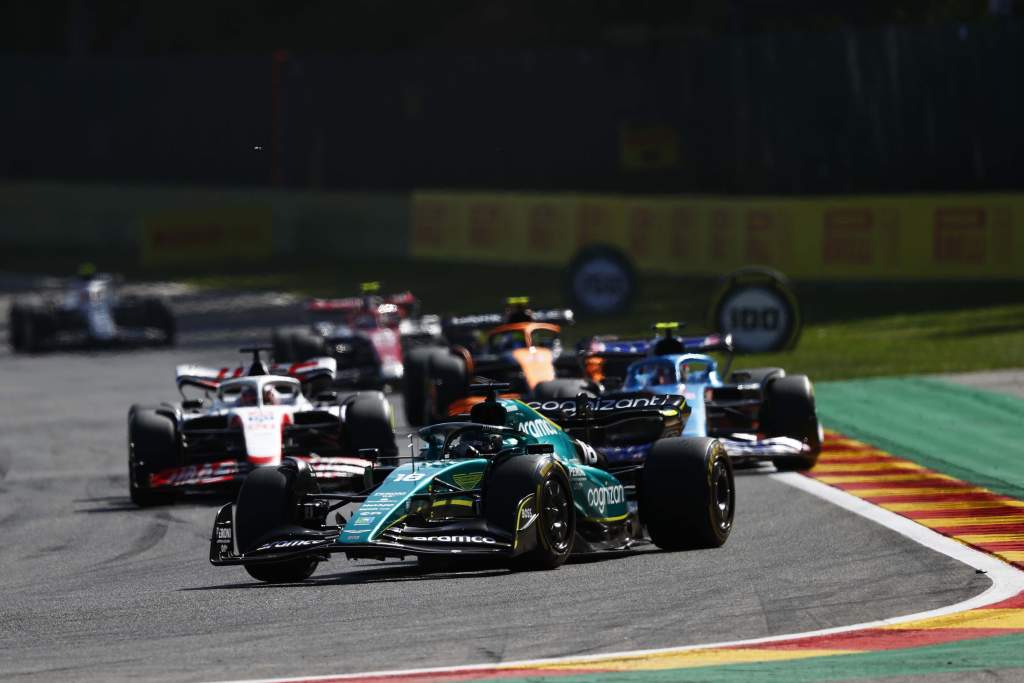Up Next

The design and development process of the 2023 Formula 1 cars will have got under way long ago, and with launches only a month away it’s now down to the final crucial details and the build process.
Once a car is up and running and you’ve competed in four or five races, you will know where you stand as far as performance is concerned. From there, it’s about ‘accepting’ that and pressing on with whatever developments might sort your problems. There’s no magic bullet, so while you might be able to put a temporary bandage on your problems, you will never fix them completely without a new car.
I use the word ‘accepting’ above, as many teams fail to do that. This delays everything, so while the development group should have been deciding on which direction to go in with the new car from about July last year, some wouldn’t have been getting on with it until much later. That can very easily compromise 2023.
You would normally start the serious work on your new car in about July and commit to the larger components such as the chassis and gearbox layout in October. From there on, it is about optimising the smaller details until the car needs to hit the track for pre-season testing
Over the past 10 or so years, what has made the big teams stand out from the smaller teams is the money and effort invested in their manufacturing facilities. When a drawing is released, it means that part is defined – and the later you can leave it, the better the design solution will be. So reducing manufacturing time means you have more design time.
Along with the equipment to achieve that, you need a very comprehensive scheduling department that, at this time of year, will take priority. Everything from when a drawing must be released through to the completion of the manufacturing process will be monitored by the hour. Where a part needs to be and when is critical to it hitting the shop floor just as the mechanics need it for car assembly.
Any one component arriving late can throw a major spanner in the works. As we have seen in the past, most recently with Williams in 2019, getting this wrong can cause a team to miss valuable pre-season testing time.
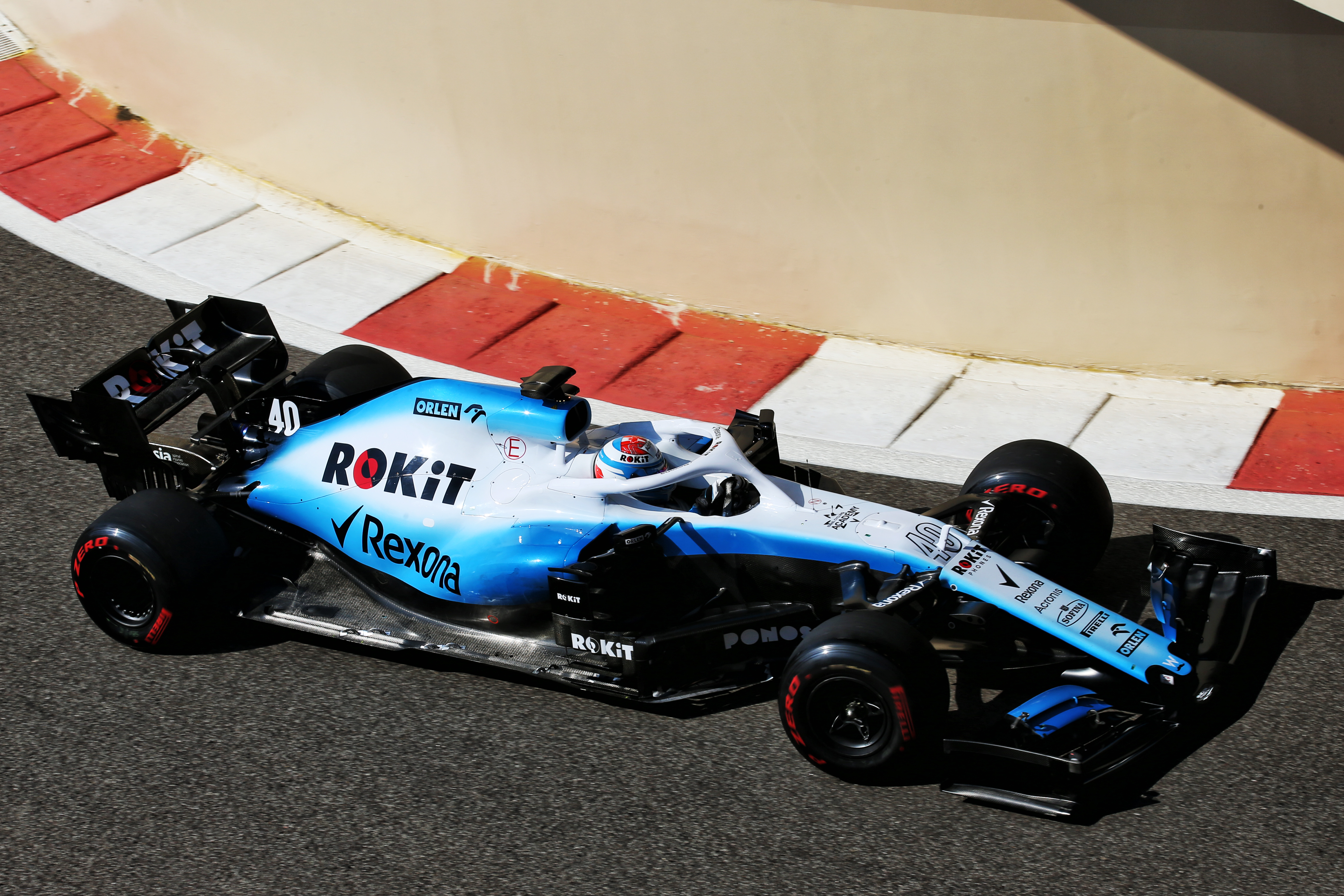
Every team has their own simulation tools to optimise the car, but you can never replace actual track time. For confirmation of that, just look at last year, when porpoising reared its ugly head at Barcelona.
So now it’s down to ensuring you have eliminated as many of the negatives of last year’s car with your new one as you can. For the second year of the regulations we can expect plenty of changes but still every team will be building on the work done with their 2022 car. It’s just a question of how big an evolutionary step each takes.
To understand how much progress each team needs to make, and where, we have to look back almost a year to the early stages of the season where they established their pace baseline. This will start with the first four races.
We always look at the fastest car of each team and turn that into an average percentage to give us our performance ranking. The same can be done for championship points, which also factors in reliability, incidents and accidents. I’ve taken the points scored by the first car from each team to take the chequered flag to halve the potential effect of those, while still reflecting each car’s effectiveness in the race.
Races 1-4 in 2022
| Pos. | Team | Performance (%) | Pts* (Pos. if different) |
Pts per race* |
| 1 | Ferrari | 0.048 | 86 | 21.5 |
| 2 | Red Bull | 0.126 | 77 | 19.3 |
| 3 | Mercedes | 1.021 | 52 | 13 |
| 4 | Alpine | 1.210 | 20 (6th) | 5.0 |
| 5 | McLaren | 1.350 | 35 (4th) | 8.8 |
| 6 | Alfa Romeo | 1.409 | 24 (5th) | 6.0 |
| 7 | Haas | 1.525 | 15 (8th) | 3.8 |
| 8 | AlphaTauri | 1.649 | 16 (7th) | 4.0 |
| 9 | Aston Martin | 2.558 | 4 | 1.0 |
| 10 | Williams | 2.643 | 1 | 0.3 |
* lead car only
It was clear by this point in the season that Ferrari and Red Bull were in a league of their own both in terms of performance and points. In reality, from Mercedes back to AlphaTauri it was a tightly-packed bunch, with Aston Martin and Williams off at the back of the field. What does stand out is that Mercedes looked much stronger judged by points.
If we look at the same set of numbers for the run before the summer break, so races 10-13, this is a point where in-season developments will have had their impact.
Races 10-13 in 2022
| Pos. | Team | Performance (%) | Pts* (Pos. if different) | Pts per race* |
| 1 | Ferrari | 0.153 | 73 (2nd) | 17.5 |
| 2 | Red Bull | 0.189 | 87 (1st) | 23.8 |
| 3 | Mercedes | 0.567 | 68 | 17.0 |
| 4 | McLaren | 1.305 | 26 (5th) | 6.5 |
| 5 | Alpine | 1.379 | 35 (4th) | 8.8 |
| 6 | Alfa Romeo | 1.726 | 0 (=8th) | 0.0 |
| 7 | Haas | 1.759 | 12 (6th) | 3.0 |
| 8 | AlphaTauri | 2.144 | 0 (=8th) | 0.0 |
| 9 | Williams | 2.291 | 0 (=8th) | 0.0 |
| 10 | Aston Martin | 2.428 | 4 (7th) | 1.0 |
That set of data showed Mercedes made some progress, while McLaren and Alpine were locked in battle. Unfortunately, instead of moving forward, AlphaTauri joined Williams at the rear while Aston Martin lost a bit of ground.
So that’s the data that the teams had to work with and lock in a design concept to move them forward for 2023. It’s never easy, but fundamentally everyone’s objectives will be to make everything stiffer, lighter and more efficient aerodynamically. The challenge for 2023 is being able to run the car in the optimum condition allowing each team to get the maximum useable downforce from the most efficient part of the car – the underfloor.
During 2022, teams had to compromise their set-ups to achieve decent ride quality. Now, the focus will be on designing in that ride quality with minimal compromise.
Using the same supertimes methodology, we can summarise each team’s overall performance as we look forward to the key area each must improve in 2023 if they are to take a step forward.
We will run through these in performance order as, fundamentally, if you have a fast car then there’s no reason you should throw away a shot at the championship as Ferrari did. Years of cars winning from pole position proves that, so any team that doesn’t achieve the championship position its performance level suggests it should have done needs to look within itself for the answers.
1 Ferrari
Performance: 0.120%
Points (position): 379 (2)
Points per race: 17.2
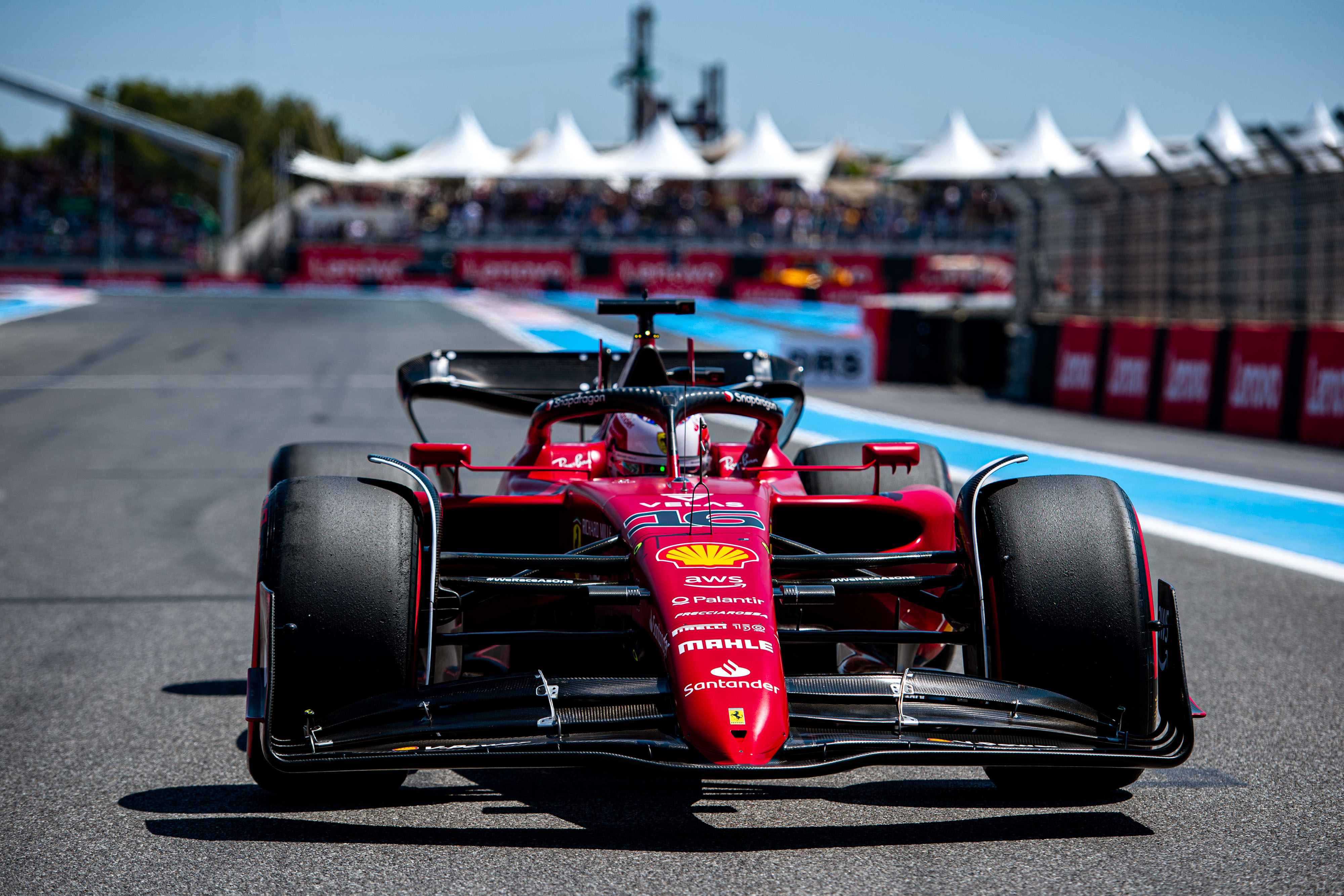
After what was its best season for many years, it’s now all change at the top with Mattia Binotto out and Frederic Vasseur in as team principal. New management will mean changes, but will Ferrari be able to rectify the areas that cost it dearly?
Last year’s car had one-lap speed, but wasn’t as good on race day. That, combined with reliability problems, poor strategy decisions and some management discord, meant Ferrari too often dropped the ball when push came to shove.
As far as the car was concerned, I questioned the design before the season but it proved to be very quick early on. Visually, it was as leftfield as Mercedes was. But it wasn’t that efficient aerodynamically, especially compared to Red Bull. So this is an area Ferrari needs to concentrate on, as is weight reduction.
But outside of revamping its pit strategy group, the priority must be to fix the reliability. Not only will that mean more finishes, but it will allow Ferrari to exploit the full performance of its power unit package rather than holding back.
2 Red Bull
Performance: 0.142%
Points (position): 513 (1)
Points per race: 23.3
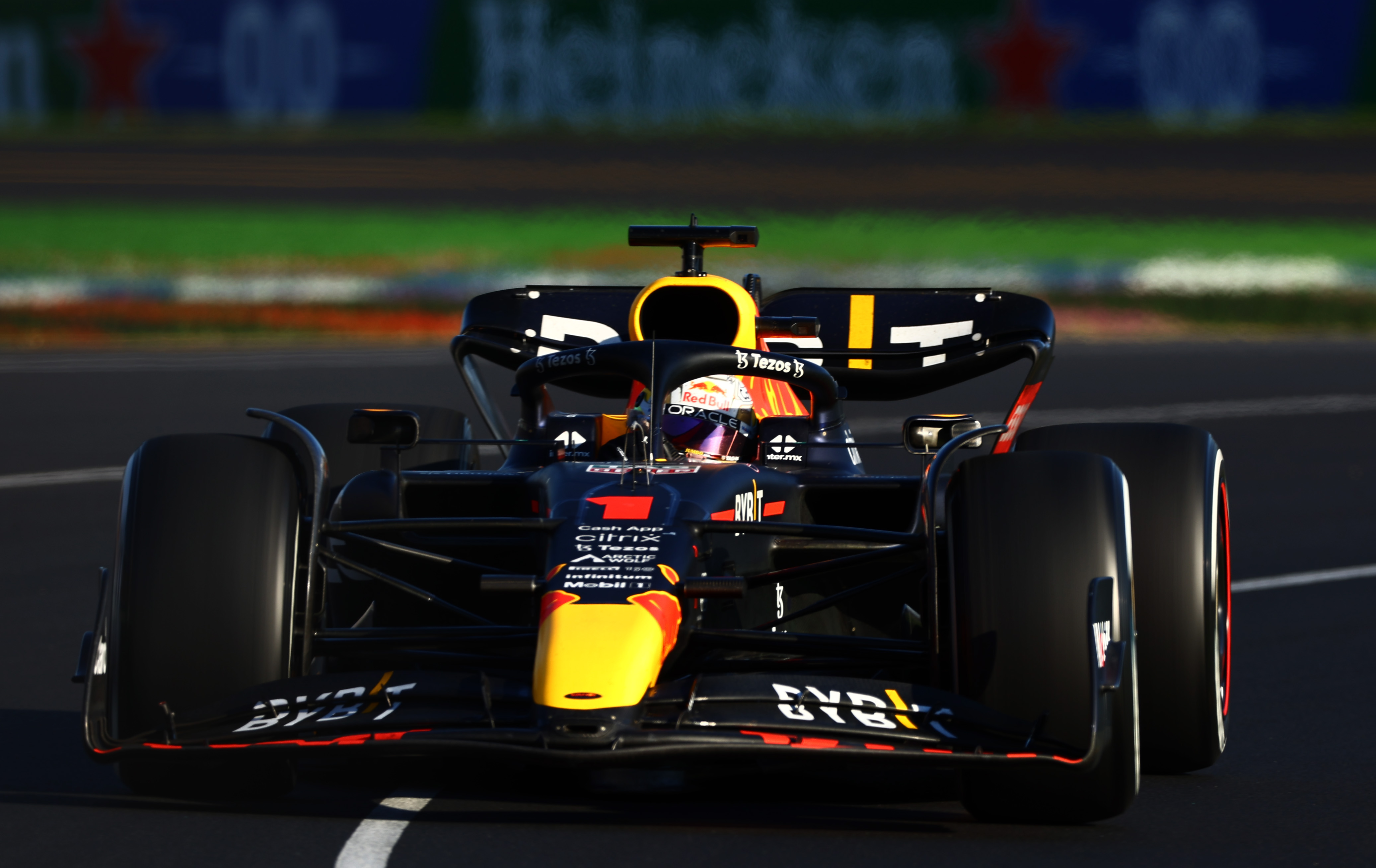
Red Bull didn’t quite have the quickest car, but it was an all-rounder. Over one lap, a race distance, wet or dry, fast or slow circuit, the car could be tuned to suit all demands. Red Bull lost out with the car being overweight earlier in the season so that would be the area of focus.
You need to start the season around 10kg under the weight limit (with ballast then bringing you up to the limit), because as you recognise reliability problems you tend to add weight. As we all know, especially after Christmas, it’s easier to add a few kilos than to remove them.
Red Bull also needs to think about why its second driver struggles more than Max Verstappen. That doesn’t mean make the car slower because of your findings, but making it more driver-friendly might just allow Max to be faster as well.
3 Mercedes
Performance: 0.876%
Points (position): 324 (3)
Points per race: 14.7
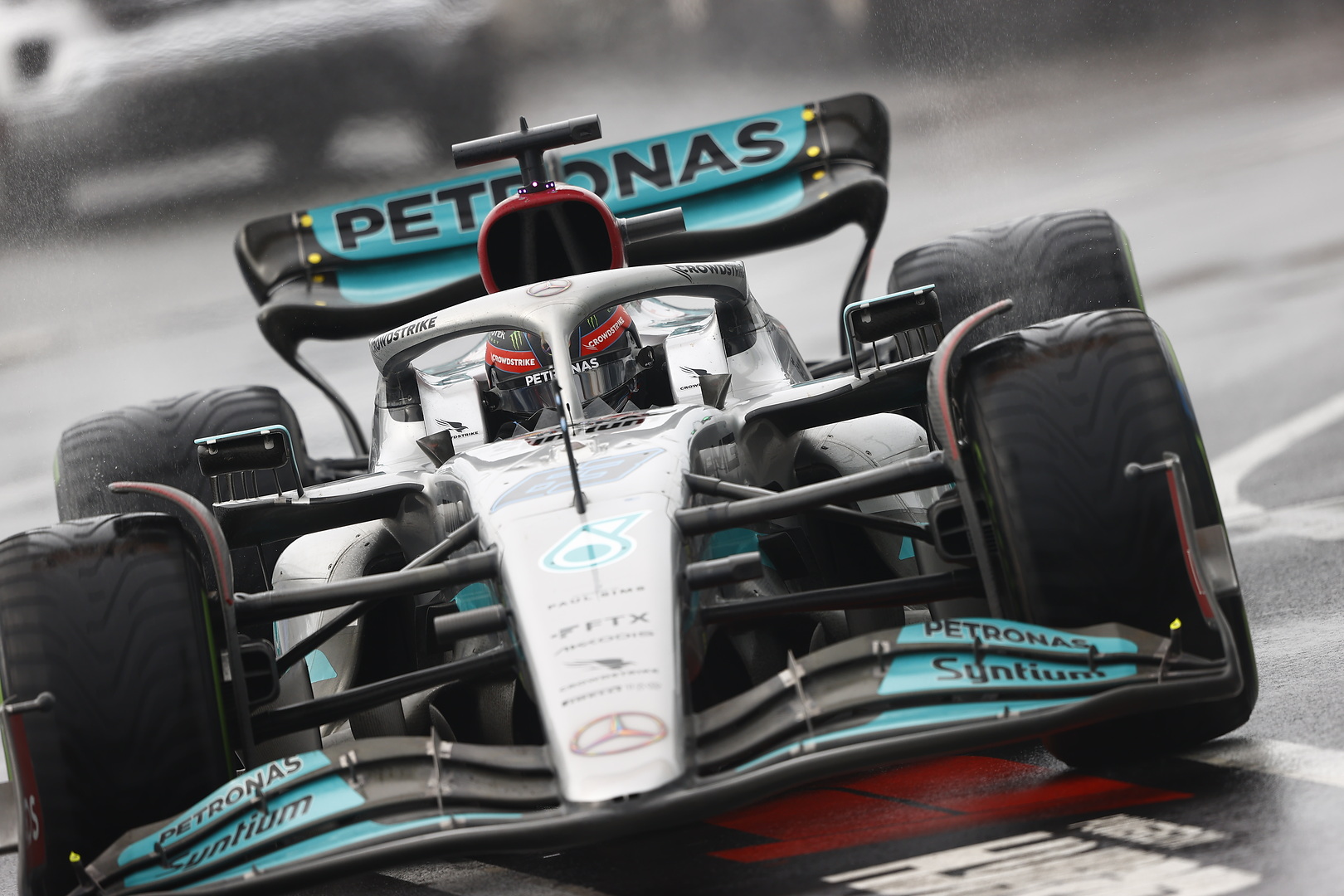
Mercedes is the team with the most work to do. It ended the season with the top brass saying they understood the car much better and if that is correct, 2023 should be a good year. But words are easy – it’s actions that count.
The 2022 car couldn’t be run as low as was required to produce the underbody downforce the team believed was available. The big lesson from that is that you must produce a car with a wider working window.
It was also inefficient, and on top of that to make up for the inconsistency of the underfloor Mercedes was forced to run visually larger rear wings. That meant top speed was never as good as its immediate competition’s. This must also be addressed.
Mercedes must also be more aggressive with its suspension design. With the underfloor producing more than half of the car’s downforce, you need to control the mechanical platform under braking and acceleration.
4 McLaren
Performance: 1.330%
Points (position): 128 (5)
Points per race: 5.8
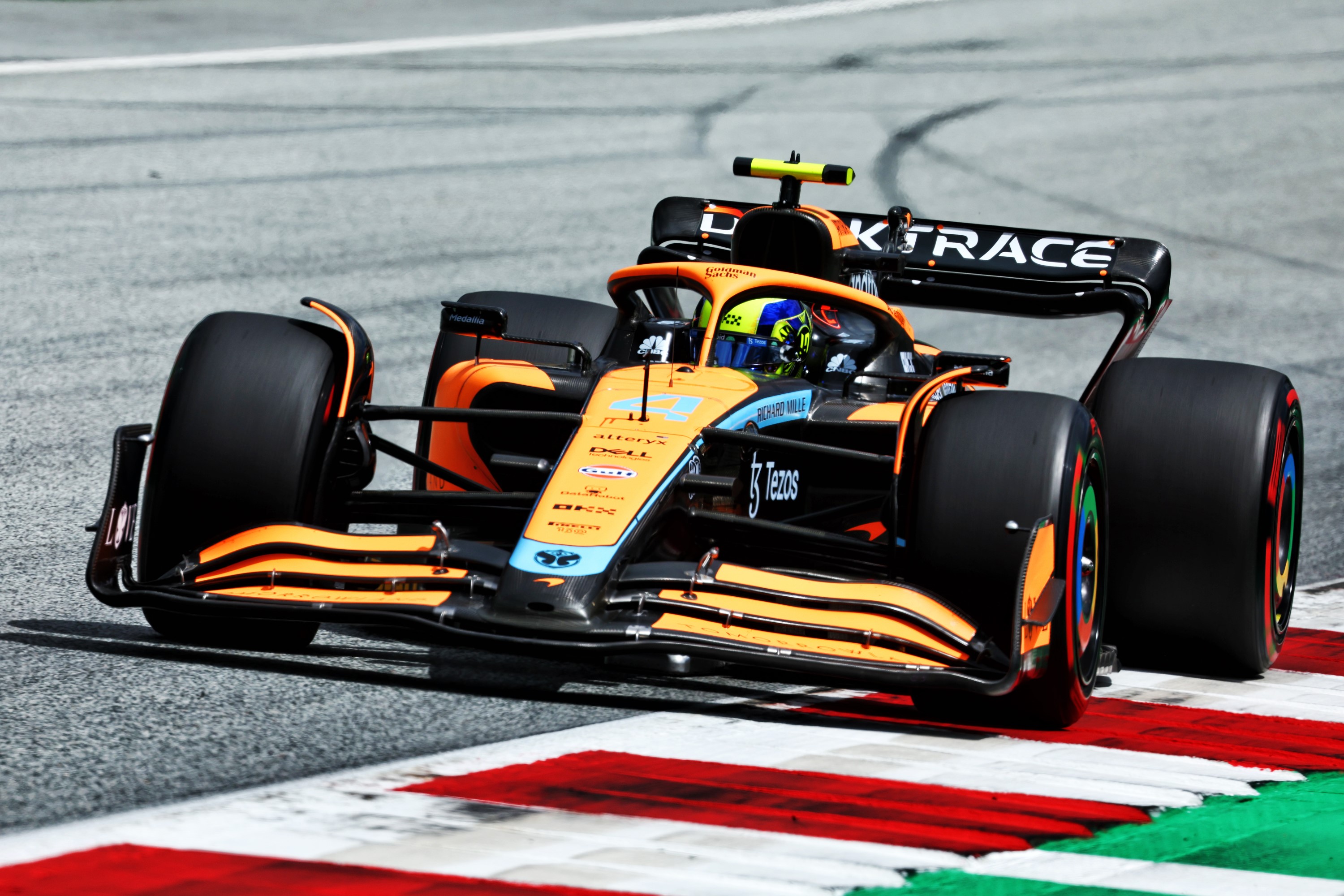
McLaren was more up and down than usual. Although it started the season with a major brake cooling issue, this was rectified – albeit with just a botched fix to begin with – so wasn’t the main problem for how its 2022 went.
The car just lacked all-round pace and, for whatever the reason was behind Daniel Ricciardo’s difficulties, McLaren was reduced to more or less a one-car team.
McLaren needs to look in every area, to produce more downforce, be more efficient, produce a stiffer and lighter car with better suspension control of the aerodynamic platform. Basically, it must leave no stone unturned.
5 Alpine
Performance: 1.340%
Points (position): 141 (4)
Points per race: 6.4
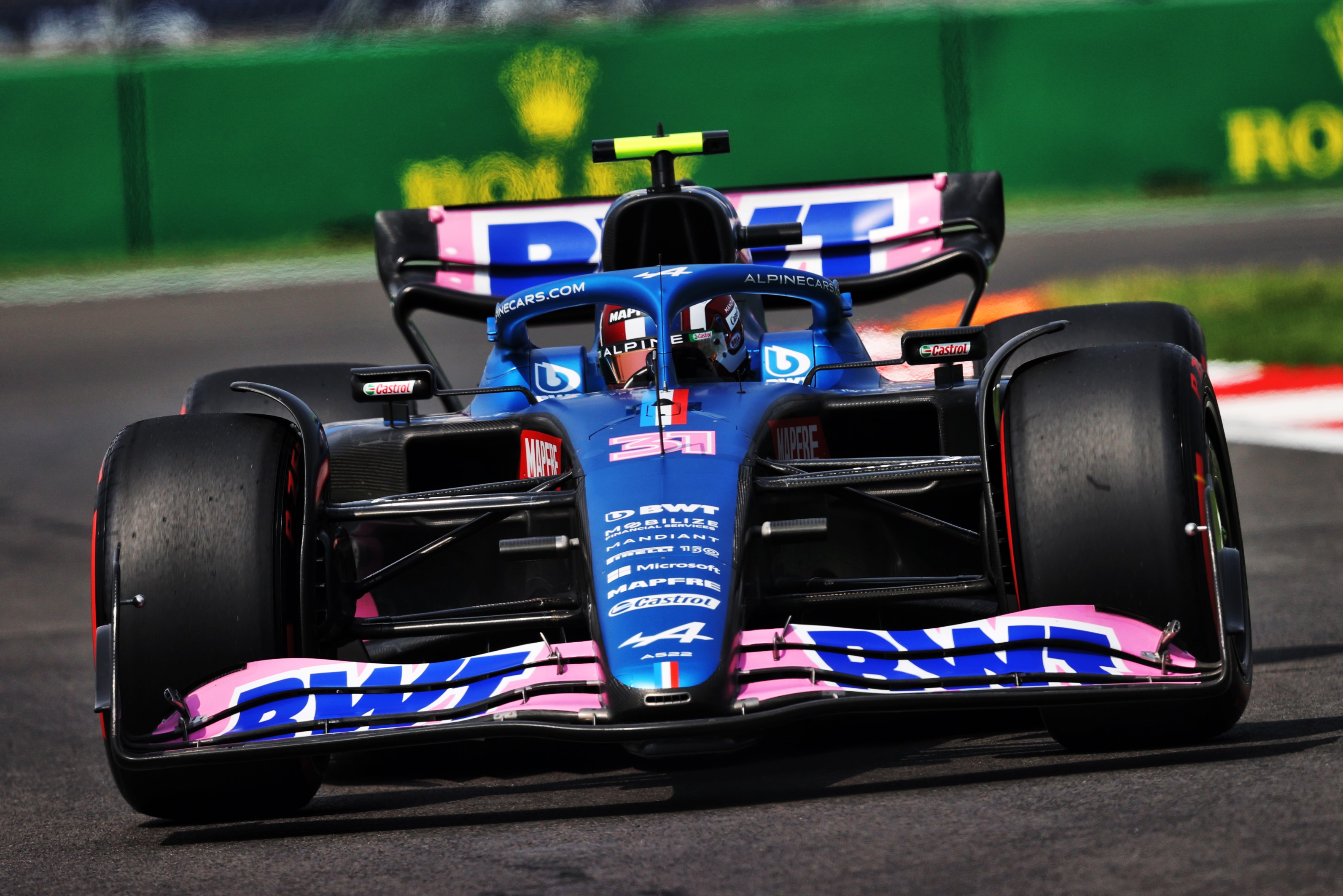
We must remember Alpine is a works team that, along with Ferrari and Mercedes, manufactures its own power unit so can optimise the integration in the chassis, whereas customer teams get what they get. It may have finished fourth in the championship, but on my points scale it was a massive 176 behind Mercedes. That’s an even bigger deficit than the amount of points it scored in the constructors’ championship. It was only 16 points ahead of the first truly independent team, McLaren.
Like McLaren, Alpine needs a bit of everything. Yes, you can blame reliability but the points scale judged on first car home removes a lot of that deficit.
The car was fast in a straight line, which usually shows that it simply doesn’t produce the overall downforce.
6 Alfa Romeo
Performance: 1.672%
Points (position): 50 (6)
Points per race: 2.3
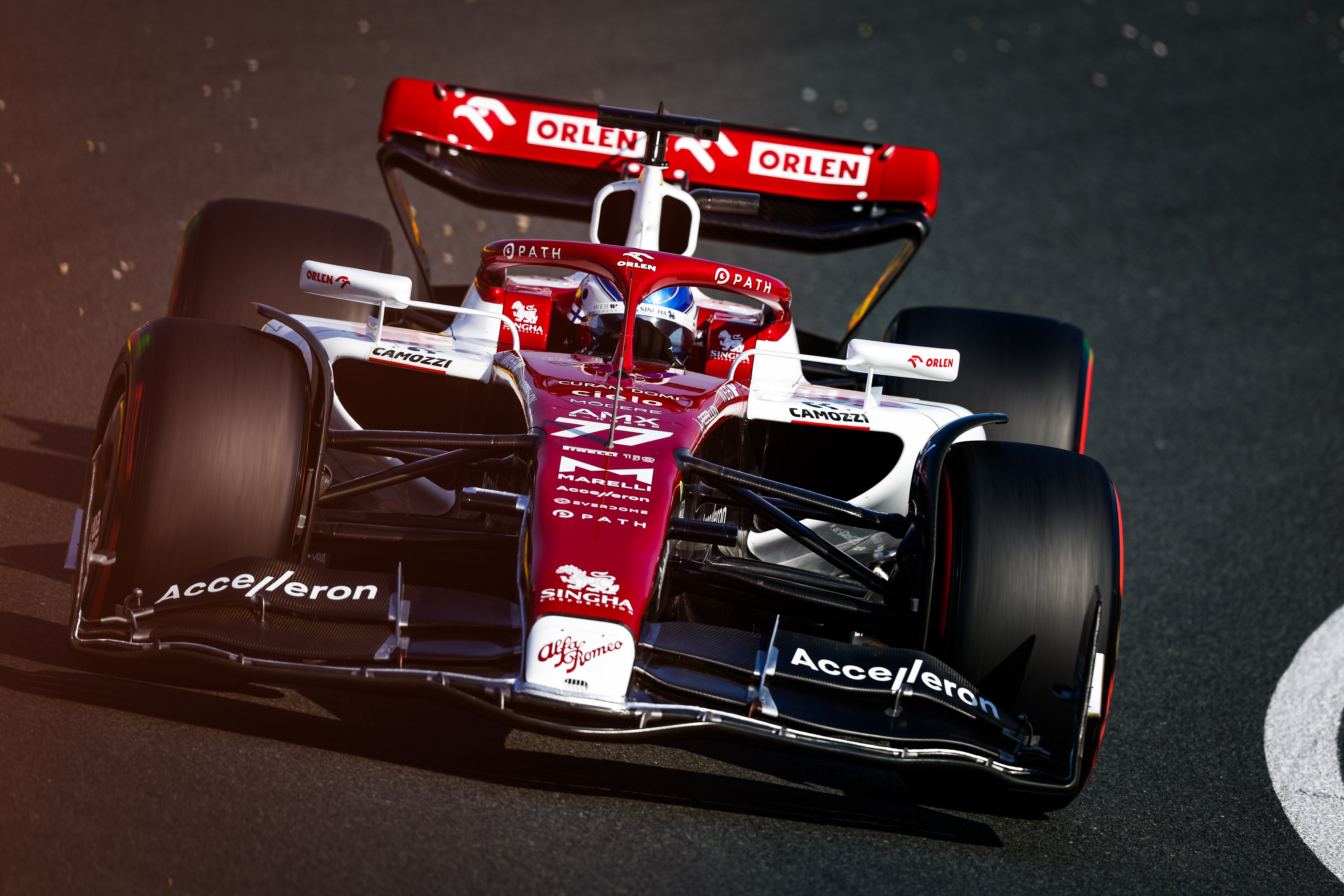
The bottom half of the grid is where it starts to get really tough. If the five teams ahead of you have two strong drivers, points are hard to come by and that’s underlined by the 90-point gap on my scale between Alfa Romeo and Alpine.
Actually, to give Alfa Romeo credit, it was not a bad effort given where the Sauber team was coming from. It started the season well, but had a major slump mid-season in terms of both performance and points left on the table.
The one thing it had was better control over the car’s porpoising problems. Like Red Bull, Alfa Romeo had a more intricate suspension set-up to control the aerodynamic platform and that allowed it to get on top of the car quickly.
The car was also shorter compared to the others, which meant it was also on the weight limit.
Like the two teams above, it just needs a bit more of everything. But connected to that, it’s important that the intended gains on manufacturing times are made so that the gap between completing design work and having new parts on the car is reduced.
7 AlphaTauri
Performance: 1.881%
Points (position): 35 (8)
Points per race: 1.6
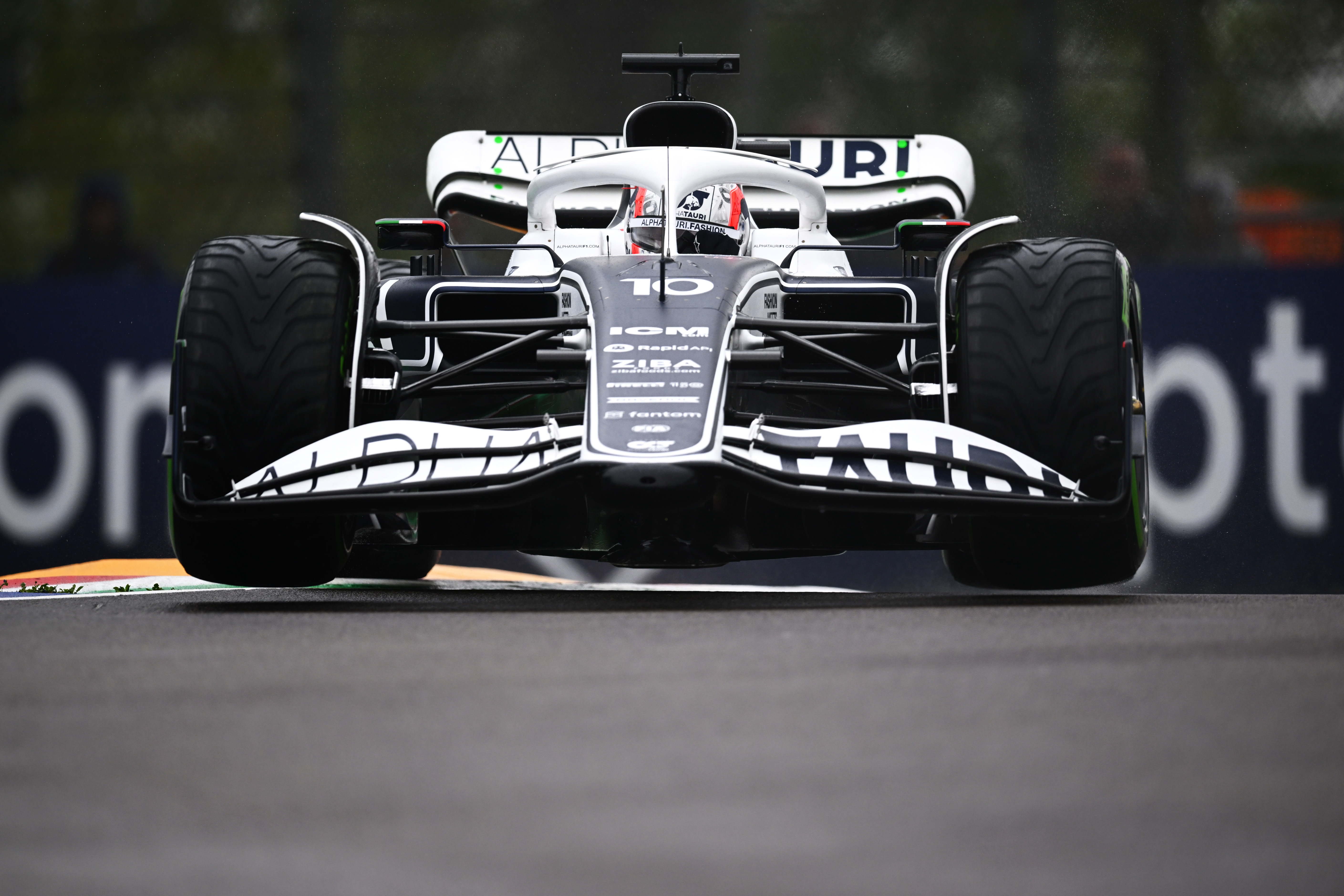
It was a real surprise to see AlphaTauri fall down the pecking order. I had expected it would take more inspiration from Red Bull, but instead it went its own way.
The car was a neat and tidy package, but inconsistency in performance – or at least getting the performance out of the car – let the team down. In year two of these regulations, I would expect to see a car more like the Red Bull. That doesn’t mean it will be a copy, but at least the supply of components to AlphaTauri from Red Bull will mean that it is forced to utilise more of the Red Bull philosophy.
There’s also a need to produce more consistent ‘rolling’ upgrades during the season as its approach of focusing on several major packages didn’t pay off in 2022.
8 Haas
Performance: 2.135%
Points (position): 30 (9)
Points per race: 1.4
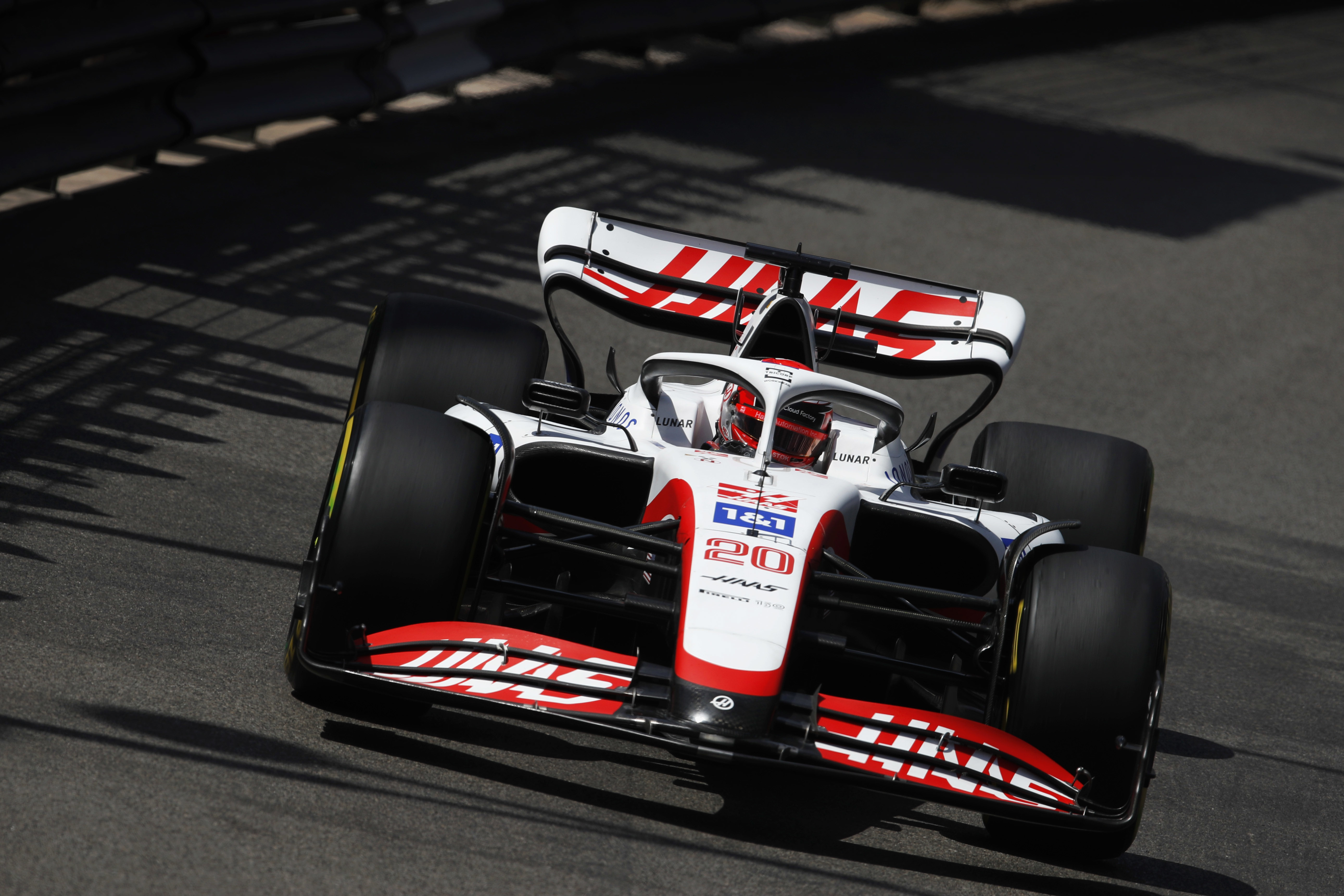
Haas devoted 2021 to its 2022 car and started the season strong but fell away. Throwing away 2021 was acceptable given 2022 was a whole new set of regulations, but its progress last year suffered from not being structured well enough to bring regular developments to the car.
Haas needs to grow to show it can do two things at once and go racing while developing its current car in parallel with designing next year’s car.
The way Haas goes about its operation is a good example of how you can do it by leaning on one of the works teams, in its case Ferrari, for component supply. But as these seasons are now running into each other more than ever, you still need to structure your team to be able to handle everything else.
So Haas needs a 2023 car that not only starts well, but keeps pace with the development of the rest of the midfield.
9 Aston Martin
Performance: 2.028%
Points (position): 49 (7)
Points per race: 2.2
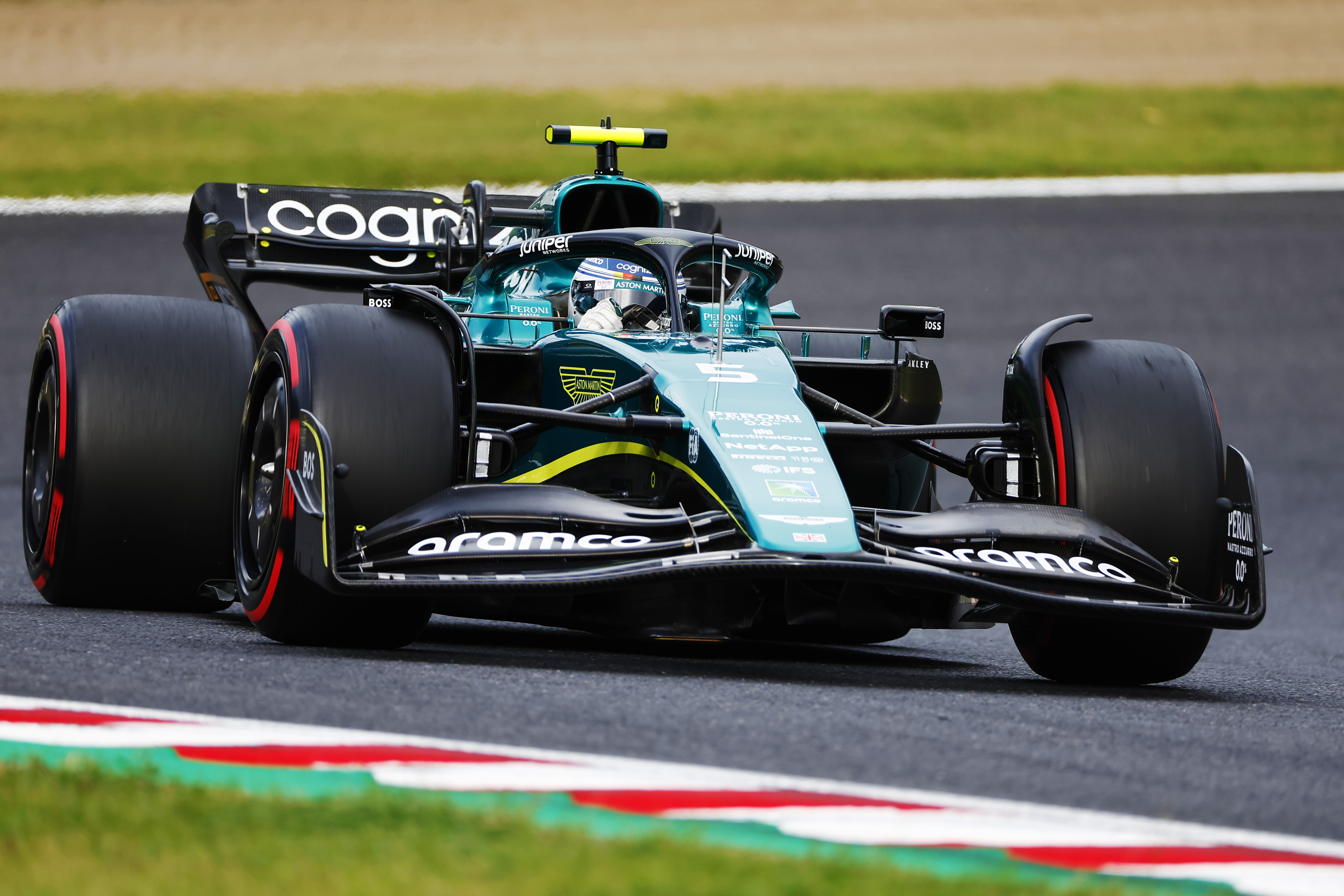
“We are building for the future.” How many times have I heard this before?
There comes a time when you must show that your performance is on the correct trajectory. Coming from the Jordan days right through until now, as Aston Martin, this has always been a team that has punched above its weight, but as it has expanded that seems to have been diluted.
It’s very difficult to integrate new people, especially when you are growing fast and the people that you are bringing in are mainly department heads. They all want to make their mark in their own way, so for quite a long time you end up standing still.
I genuinely believe that Aston Martin has lost its way and needs to regroup. Fernando Alonso might just be the man to make it do that, but if not there could be an internal implosion.
After last year’s porpoising problems and the launch of a new car concept for the sixth race of the season in Spain, Aston Martin must start the season with a car that works well to build on.
10 Williams
Performance: 2.516%
Points (position): 8 (10)
Points per race: 0.4
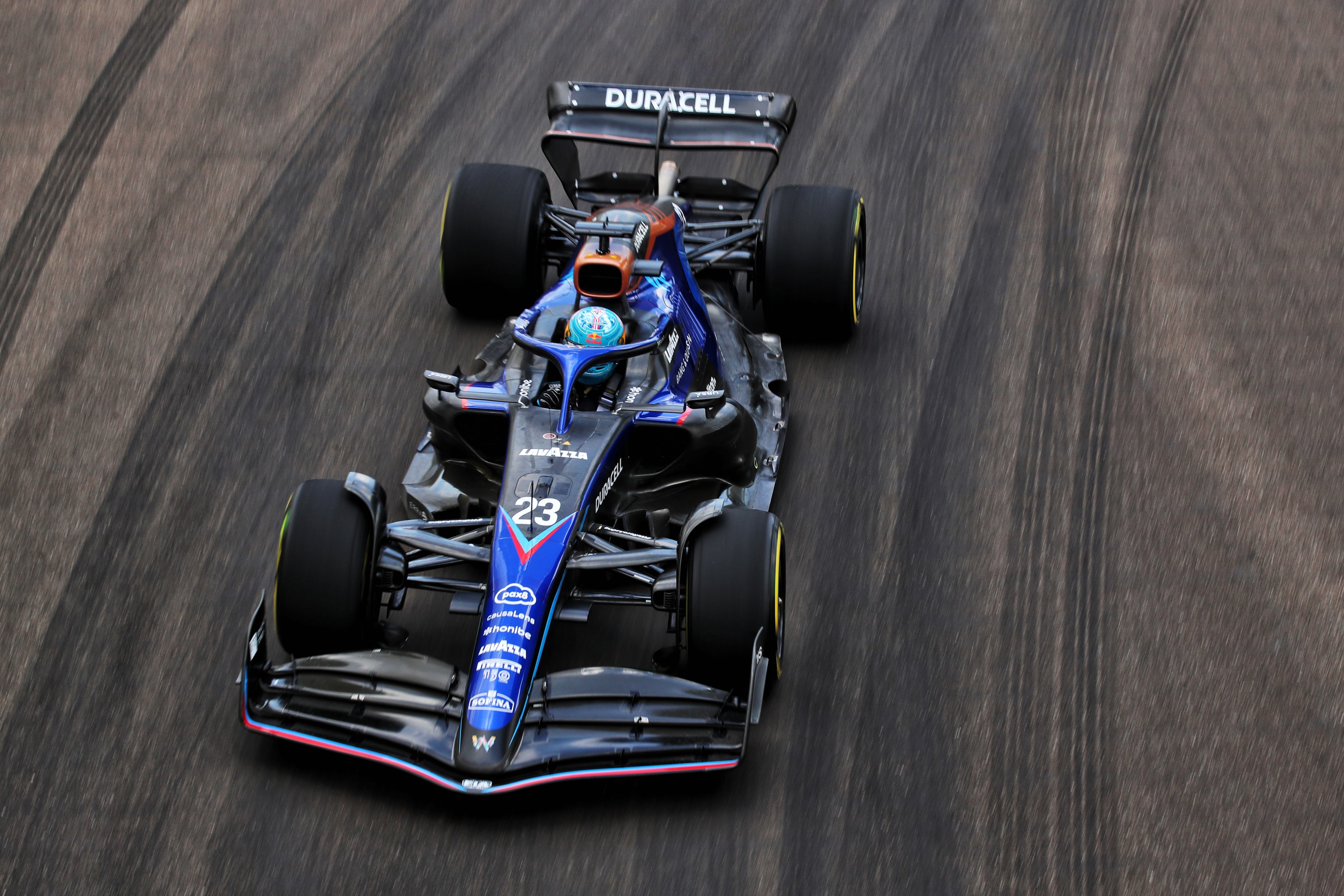
If it’s difficult to score points when you’re fighting just outside the top 10 – then it’s even more tough if you are in the position Williams is.
There’s obviously something very wrong within the team and it has been the same for quite a few years. Someone with F1 experience needs to come in and look at how it operates.
Williams had George Russell and now it has Alex Albon, who are both capable of running at the front. But other than when it takes a gamble and the others don’t, Williams is too often out in Q1.
A complete regroup and redirection is required if its to move forward and with Jost Capito and technical director Francois-Xavier Demaison having left, these key areas for improvement are clearly up for discussion – but Williams needs someone that will integrate quickly and efficiently.
Conclusion
It’s never an easy task to move forward in such a competitive environment, but if you recognise your biggest deficits and do your best to rectify them within your own understanding and philosophy, you stand a chance of going forward. It’s very easy to build a new car from scratch but if you do that the problem is you can generate a new set of problems and end up going around the loop again and again.
The raising of the sides of the floor by 15mm will have an effect of how much downforce the underfloor will generate, but the overall car trend will be very similar. So for the smaller teams it’s important not to try to reinvent the wheel.
In my book, make sure the weight of the new car is at least within 10kg of the weight limit. If you are 10kg over, you are simply throwing away three tenths of a second a lap and that alone can very easily be the difference in being in that top 10 to being well outside of it.
As we saw at the beginning of 2022, it was track testing that brought out the porpoising problems. Not many teams had identified this as a possible problem when they headed off to the first pre-season test.
This year, pre-season testing is again reduced. There are only three days this year, in potentially windy and sandy Bahrain. Anyone who misses out on part of that test, or has a major problem to sort, will pay the price going into the first part of the season.
So now it’s just about achieving all of these objectives and staying within the budget cap. Or, at least, not overspending on anything that means you get caught for it.
I can’t wait to see what everyone turns up with.


